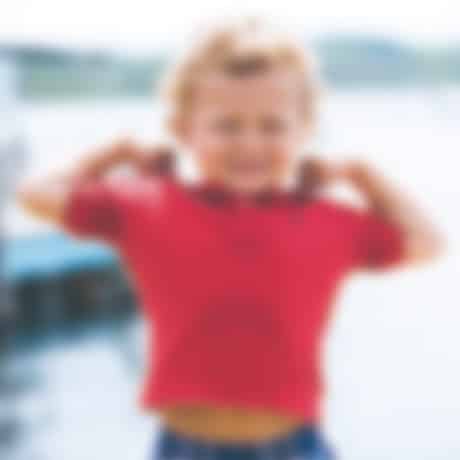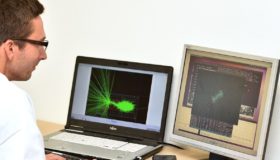
Radiation-associated lens opacities in catheterization personnel : results of a survey and direct assessments
Eliseo Vano, PhD, Norman J. Kleiman, PhD, Ariel Duran, MD, Marianna Romano-Miller, MD, and Madan M. Rehani, PhD
New findings indicate significant cataract risk at low levels of ionizing radiation exposure.
OBJECTIVE:
The purpose of the study was to estimate ocular radiation doses and prevalence of lens opacities in a group of interventional catheterization professionals and to offer practical recommandations.
CONTEXT:
Beginning in 2008, an international study, Retrospective Evaluation of Lens Injuries and Dose (RELID) was initiated by the IAEA (International Atomic Energy Agency) to measure the prevalence of radiation-associated lens opacities and to evaluate occupational radiation dose to the eyes of cardiology professionals involved in the study.
METHODS & RESULTS:
This article investigates further the previous results by intitiating a new study. The survey was organized by a team of experts selected by the IAEA including a medical physicist, interventional cardiologist, radiation cataract expert and a group of local ophtalmologists trained by the IAEA team.
The study involved 127 individuals :
- 54 interventional cardiologists (mean age of 45 years ± 10)
- 69 nurses and technicians from hemodynamic rooms (mean age of 39 years ±11)
- 4 endovascular surgeons
The control group results were obtained from age-matched volunteer samples of 91 non medical professionals who reported no prior relevant exposure to ionizing radiation in the head and neck regions.
For both groups, the clinical examination consisted of a comprehensive dilated slit lamp examination. Eyes were examined after full dilatation with 2.5% phenylephrine and 1% cyclopentolate. Each participant was evaluated separately by at least two independent examiners.
A detailed written questionnaire (~90 questions) concerning occupational radiation exposure, workplace practices, and medical history was used, to estimate lens doses and to obtain any significant medical or ocular history.
A relative scale of severity was defined (Merriam-Focht scoring system):
- Score of 0.5 : early posterior lens change and likely predictive of further opacification
- Scote of 1 : early-onset opacity
- Score of ≥1.5 : cataract in progress
Posterior subcapsular lens changes characteristic of ionizing radiation exposure were found in 50% of interventional cardiologists and 41% of nurses and technicians compared with findings of similar lens changes in <10% of controls.
In addition, in the Interventional cardiologists population, lens opacities scores ranged from 0.5 to 1.5 in both eyes whereas the score for control group was never superior to 0.5
LIMITS:
- The data used to estimate the cumulative doses might be incomplete
- In some cases, answers to the questionnaires were omitted
- When responders indicated the use of protective shielding, the physical attenuation has been applied, but sometimes, this shielding was not properly used
CONCLUSION:
A high prevalence of lens changes likely induced by the radiation exposure in the study population suggests an urgent need for improved radiation safety and training, use of eye protection during catheterization procedures, and improved occupational dosimetry.









